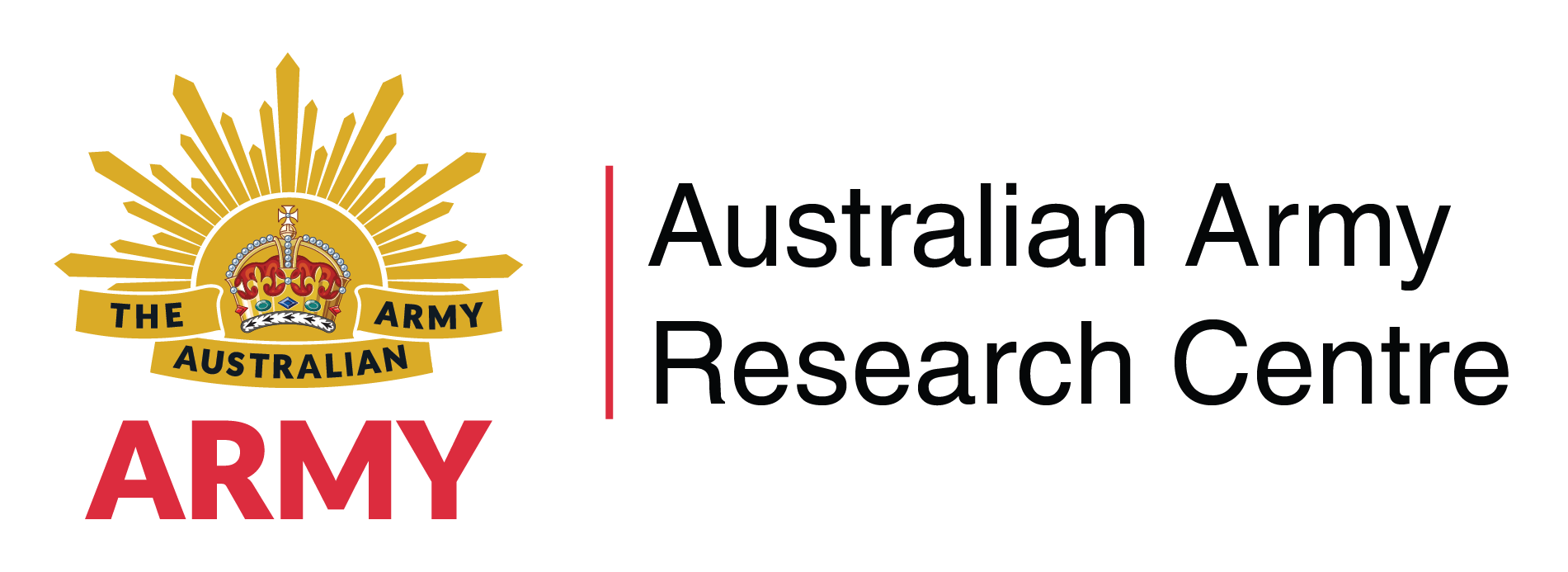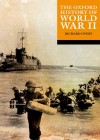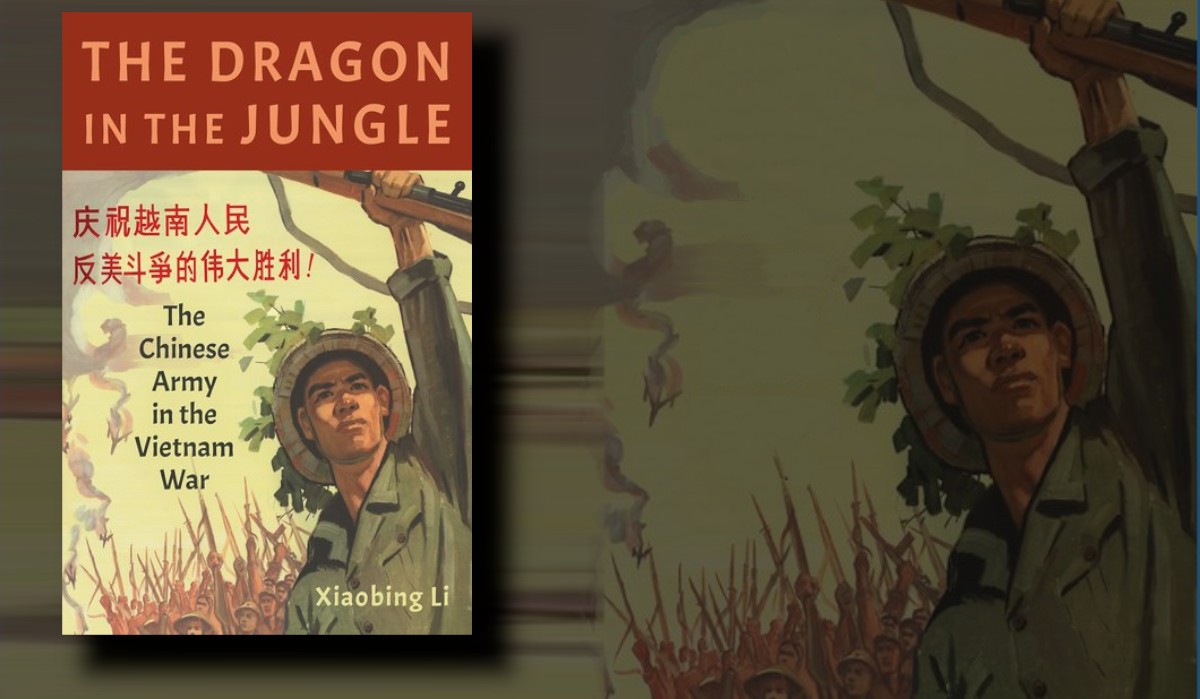Oxford University Press, 2023, 467pp
Paperback ISBN: 9780192884084
Editor: Richard Overy
Reviewed By: Martin Crotty
The publishing market is already saturated with books covering World War II. Library shelves, both public and private, groan under the weight of bulky and learned works from the likes of Basil Liddell Hart, Peter Calvocoressi and Guy Wint, as well as Victor Davis Hansen, and in a more popular vein, authors such as Max Hastings and Anthony Beevor. Throw in the thousands of more specialised studies, the multi-volumed national and international works, and thousands of biographies, and one might wonder what more is to be said? Can any new work, particularly a general one covering all the war years, and both the European and Pacific theatres, offer anything of value other than a retouched rehash suitable for the Father’s Day or Christmas markets?
As it happens, yes. Richard Overy has assembled an impressive team of leading experts on WWII who offer valuable perspectives on their respective areas of specialisation. The danger of such collections is that the individual chapters do not relate, and that the resulting book is less than the sum of its parts. But Overy has done his job as an editor well. The book is not comprehensive in its coverage, but it is wide, and the chapters connect nicely. Most of the work is not new research (and notably the book does not include footnotes) but rather constitutes a series of windows into how the world stumbled into war, how nations went about fighting it, how individuals experienced and endured it (or not), and how the world soon once again found itself in a tense standoff.
The collection opens with an excellent chapter by Patricia Clavin on why it was that the “war to end all wars” proved to be anything but. She notes the rampant selfishness that nations exhibited, eschewing mutually beneficial forms of co-operation in favour of zero-sum competition where one’s interests could only be advanced by beggaring one’s neighbour. The lofty rhetoric of leaders who strove for peaceful co-existence was undermined by the Treaty of Versailles, American isolationism, tariffs and trade wars, and eventually military arms races. Replacing empires with ethnically bound nations seemed logical but proved problematic, not least because of the vulnerability of ethnic minorities, now outsiders in new nations rather than equal components of multi-ethnic empires. The great minds of the Paris Peace Conference failed in their attempts to build a workable international system that could endure. Europe was a mess even before the Great Depression and the rise of Nazism.
The following three chapters focus on the three main Axis powers. They are relatively general overviews, but each makes some original and thought-provoking assertions. Labanca’s chapter on Italy, for example, highlights the failure of the strategy of quick victories in wars fought parallel to the main German effort, and how the messiness of Italy’s war experiences, including fighting on both sides, has led to contradictory and complex war memories. She also raises and contests the myth of the fundamental decency of Italian soldiers. Like their German counterparts, Italian soldiers also committed horrific war crimes in Russia, Albania and elsewhere.
Chapters by Eric Grove and Evan Mawdsley consider the Allied war effort on land and sea collectively. This approach is taken partly because of the limitations of space, but also because the Allies, unlike the Axis powers, co-operated closely and effectively, which proved to be one of their decisive advantages. Refreshingly, both authors take issue with the common idea that the war’s outcome was ever in serious doubt after the end of 1941. Grove suggests that the tide had turned against the U-Boats by the end of 1941 rather than the more common date of early 1943, and that only dominant sea powers could ever have prevailed the war. Given their respective economic, industrial and demographic disparities, Mawdsley finds it hard to conceive of any way in which the Axis might have fought the Allies to a stalemate, let alone achieved victory. Once the Allies had caught up to the military innovations initially deployed against them (a process covered by David French in chapter 7), total defeat was all but inevitable.
The chapters on economies, armed forces and civilians at war are most notable for highlighting the enormous variety of wartime experiences. American civilians prospered as the economy blossomed on the back of war production, free from the effects of invasion and bombing. The Soviet Union, on the other hand, had to mobilise tens of millions of soldiers while coping with the loss of its major industrial regions and its natural resources. Not untypically in Soviet Russia, the nation survived at the cost of great civilian suffering. Some armies were composed mainly of volunteers, others of conscripts. Most were multi-national to a degree as armed forces seized on anybody capable of fighting – or of contributing in non-combat roles. There were enormous variations in civilian experiences too. In occupied countries such as France some collaborated, some resisted, many did both. In others including the US, some were deemed enemies and subject to persecution because of their ethnicity, others profited handsomely. Some fought for freedom, others for survival, and many millions died.
Richard Bessel’s chapter on unnatural deaths draws attention to the many ways in which civilians perished. Bombing was perhaps the most obvious, but it killed many fewer than did the Holocaust, famine or slave labour. The persecution of enemy minorities, post-war expulsions, ethnic cleansing, civil wars, reprisals and other sundry massacres accounted for millions more.
But civilians were not always victims. As Welch shows in chapter 13, most states were able to mobilise and maintain the support of their populations through persuasion. If persuasion failed, many nations resorted to terror. Mobilisation was to be a temporary state. If civilians could contribute enough, or endure for long enough, sunny uplands beckoned. But for many they never arrived. Even if they survived, most would have been disappointed with the rapid transition from WWII to the Cold War, a process related by Geoffrey Roberts in the collection’s final chapter.
The suggestions for further reading provided in each chapter are invaluable. The 19 maps are less useful given their black and white production and small size, and a selection of key statistics would also have been welcome. But on the whole, The Oxford History of World War II is a more than useful addition to the overview literature previously available on the War, principally because it goes beyond the familiar narrative structure.
Just who will find it most useful, beyond historians? There are probably few direct connections to wars fought today given the vast changes in the nature of warfare in the past 80 years. But anyone in a position of responsibility for the conduct of military operations would surely benefit from, at the very least, the way that the book prompts readers to think about military and strategic issues beyond the immediate and obvious.



